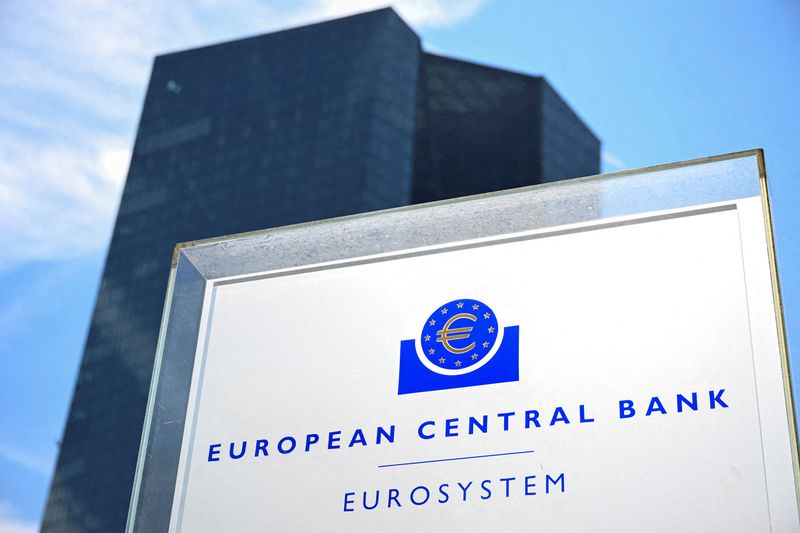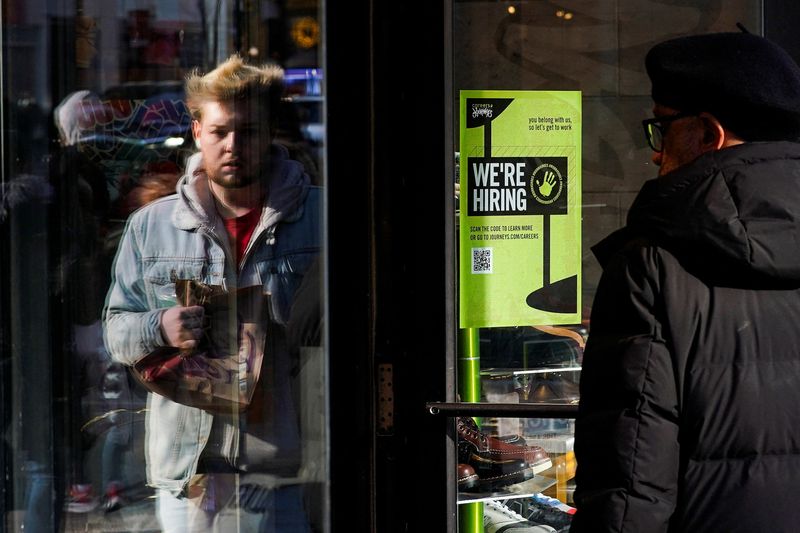Investing.com– Oil prices rose on Tuesday amid pressure from a strong dollar as traders awaited more U.S. economic cues, while caution before an OPEC+ meeting this week kept markets on edge.
Oil was nursing losses from the prior week after Israel and Hezbollah agreed to a ceasefire, lowering tensions in the Middle East. But heightened tensions between Russia and Ukraine still kept some risk premium in play.
Brent oil futures expiring in February steadied at rose 1.5% to $72.89 a barrel, while West Texas Intermediate crude futures gained 1.6% to $69.17 a barrel by 9:29 ET (14:29 GMT).
OPEC+ meeting awaited for supply cues
The Organization of Petroleum Exporting Countries and allies including Russia (OPEC+) is set to meet on December 5.
The cartel is widely expected to further delay plans to increase production, amid sustained weakness in oil prices and persistent concerns over slowing demand.
Thursday’s OPEC+ meeting was postponed by four days and is expected to be a virtual affair.
The cartel had consistently trimmed its oil demand forecasts this year, citing China as a key point of anxiety, as economic growth in the world’s biggest oil importer steadily deteriorated.
While economic readings in the past week showed some improvement in China, analysts cautioned that Beijing will need to unlock more stimulus to sustain an economic recovery.
Strong dollar weighs on crude
Strength in the dollar weighed on crude markets this week, as the greenback shot up after U.S. President-elect Donald Trump threatened to impose steep tariffs on the BRICS group of nations.
Markets were also awaiting a slew of key U.S. economic readings this week, for more cues on the world’s biggest fuel consumer.
Nonfarm payrolls data due on Friday is expected to offer more insight into a potentially cooling labor market, and is also likely to factor into the outlook for interest rates.
A slew of Federal Reserve officials are set to speak this week, before the central bank’s final meeting for the year later in December. While the bank is expected to cut rates by 25 basis points, markets are uncertain over the long term outlook for rates.
(Ambar Warrick contributed to this article)







